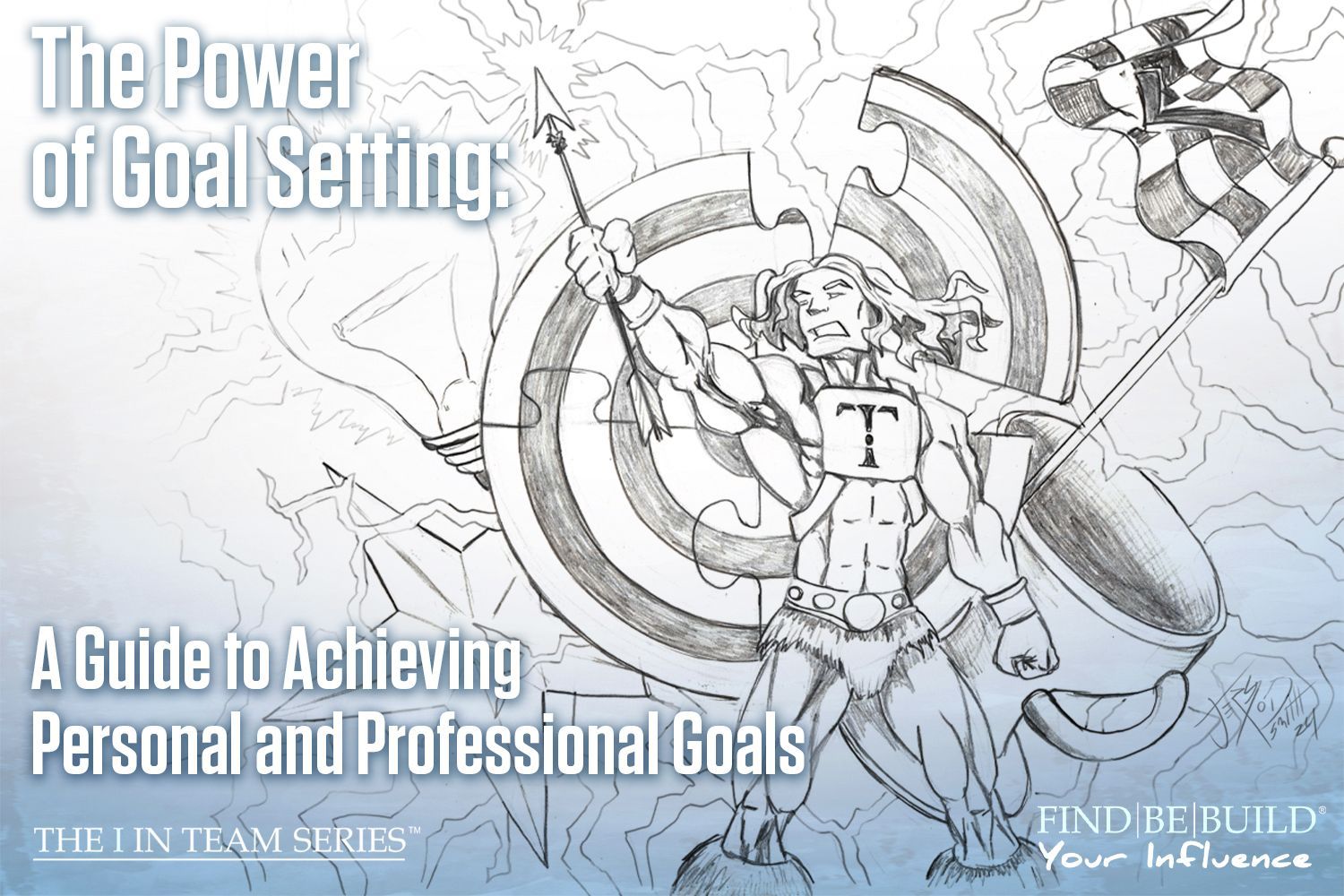Normalize Pronouns in the Workplace to Improve Culture

Hi, team! It’s your friend, Mary, with the I in Team series where you can find , be , and build your positive influence. One topic that is close to my heart is the topic of diversity, and it seems to keep coming up. It’s been at the forefront of discussions for the past two+ years, leaving the market saturated with conversations around why diversity is so important when building teams. With many of these articles discussing why diversity is vital for growing organizations, I want to pivot our minds to something a little more actionable: What can we, as leaders, do today in our organizations to start providing a safe space for our diverse team members to thrive? One idea that comes to mind for me is to normalize pronouns.
This one comes up for me because I am immersed in the LGBTQ+ community and one topic I am aware of in this space is pronoun usage. Normalizing pronouns in the workplace is one actionable step leaders can take towards helping their team develop a growth mindset , promoting diversity and self-exploration, and inspiring individuals to stay engaged. In taking a simple action like this, organizations work to build a positive culture rather than simply discussing it and leaving it to build itself (which is dangerous).
Inclusion and Respect
While it might seem a little silly to those who identify with their assigned pronouns, I assure you that this is a meaningful step you can take to foster safe diversity and inclusion on your team. Imagine if you woke up one day and everyone around you kept calling you by a name that didn’t belong to you, but you knew that you had to respond to that name even though it didn’t feel right. It would be invalidating of how you see yourself and how you wish to be addressed and respected by those around you. The same is true if we can normalize pronouns in the workplace and respect the wishes of others by attempting to see them the way they see themselves. This helps promote a culture of understanding diversity and perception.
Pronoun Choice
For me, I was born as a female and I identify as a female, but I don’t mind if people use “They/Them” pronouns for me. “She/Her” pronouns are more aligned with how I see myself, and there are some who identify as female who will prefer those pronouns all the time. Conversely, if you’re male and identify as such, you may prefer “He/Him” pronouns exclusively. However you choose to identify—as long as it feels right to you—is correct.
There are some people, like me, who don’t really care either way which pronouns are used for them. Then there are some people who consider themselves non-binary or genderqueer , meaning they don’t feel that they identify with either masculine or feminine characteristics/energy (or they may not identify with them all the time, leaning into genderfluid ). This is why, for some, using “They/Them” pronouns is important, because in their reality they do not identify as being a “Him” or a “Her.” The pronouns “They/Them” offer a perfect middle ground for our friends in this community, and by using them and normalizing the usage of our own gendered pronouns, we can take an actionable step towards promoting and cultivating diversity within our organizations.
Change Your Mind and Grow
Something I am asked by clients and other team members is to explain why “They/Them” pronouns exist as many find them confusing, and I don’t blame them! Something we are taught from a very young age is that we use “They/Them” to discuss groups of individuals, so when we start thinking about using these pronouns for a singular individual it can make our brains freak out a little bit because we don’t understand.
Learning new information and being wary of it is common. Change is hard but normal , so it’s necessary to keep organizations growing in a positive direction. It’s difficult to change your thinking if you have grown up being taught that the proper English usage of “They/Them” is for multiple individuals. But if you look closely you will find that there are times when “They/Them” pronouns can be used to refer to singular individuals when their identity is unknown. For example, if you order food to your home and it comes to the door to be delivered, you might say something like, “They are here!” You wouldn’t say “He or she is here!” because that feels unnatural. When you don’t know someone’s identity, you will most likely default to gender neutral pronouns if your mind hasn’t been tainted by the bias of seeing them and placing them into a gendered bucket. And, yes, this is still correct English.
The I in Team Series
You may or you may not know this, but there is a reason why we use the pronouns “They/Them” when writing the I in Team series and referring to (I)individuals. It’s because we aim to use inclusive language to help all readers resonate with the message of our work. This was an intentional action on our part; the word “individual” is non-gendered, and to use “He/Him” or “She/Her” pronouns for it would be exclusive to the reader, regardless of if they choose to use gendered or non-gendered pronouns.
When we normalize pronouns in the workplace, we create a safe space for people in the LGBTQ+ community to feel safe being themselves. The question I keep coming back to relating to the topic of diversity is, “What is the point of talking about this if we aren’t going to do anything about it?” We are past the point of just being able to talk about the importance of diversity; leaders should be aware enough by now to understand this importance in building great teams, so now is the time when we need to start taking actionable steps towards fostering that diversity on our teams.
The post Normalize Pronouns in the Workplace to Improve Culture appeared first on IA Business Advisors.











